Ion Thrusters To Propel Humanity Into Future
I
In this post, we will look at our vehicles!!...of course not cars, but the ones we use for traveling in space. In general we'll talk about chemical rockets, Ion Thrusters (the system is commonly called Solar-Electric Propulsion or Ion Propulsion) and some other interesting concepts.
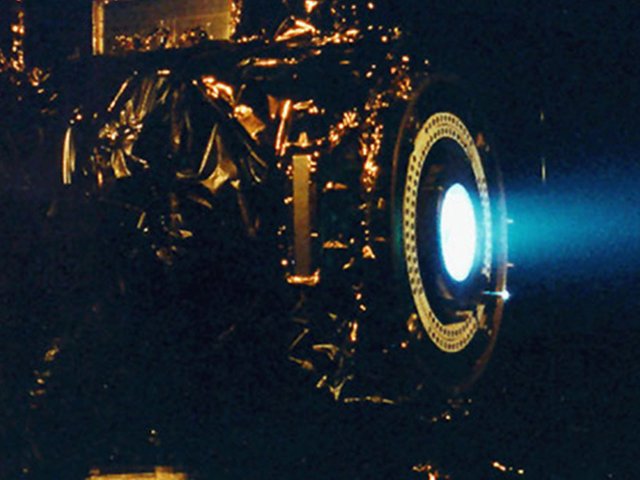 [Figure:1 | NASA's DS1 Ion Propulsion System, Test Fire | Source: NASA-JPL | License: Public Domain, Marked For Re-use ] |
 [Figure-2 | SpaceX Launches Tesla Roadster to space | Source: Wikimedia Commons | License: CC0 1.0 Universal (CC0 1.0) Public Domain Dedication ] |
Figure-2 is possibly not the way one would like to travel in space!! Let us see why!
INTRODUCTION - The need for propulsion.
The reason behind the need for a propulsion system is really quite obvious and boils down to Newton's Third Law [Every action has an equal and opposite reaction] which can be easily remembered as:
If you hit me, I hit you back!
It is very important to notice that the people who are being hit (and hence, the bodies on which the action and reaction forces are acting are different.)
Case of the car: In the case of the car, the wheels push the road backwards. In turn, the road pushes the wheels (and hence the car) forwards.
Case of the rocket: Rockets generally eject hot gases from there nozels in the backward direction, and in tun get pushed forwards by the gases.
Case of propeller based aircrafts: Most aircrafts we use on Earth are propeller based, in that they suck the surrounding air in and throw it out backwards. The air in turn gives them the forward thrust.
Traveling in space Space is essentially a vacuum. Hence, neither the "Car-type propulsion" nor the "Propeller type propulsion" will work as there is nothing to be pushed backwards. One of the possible ways is that the aircraft carry something which it can throw out in exchange for the thrust.
Hence, we can definitely say that Ferrari's and Tesla's won't work in space and can only be sent like showpieces as done by Elon Musk(Figure-2). Let's see what works in space...
A Brief History Of Rocketry
1300 AD: First gunpowder based rockets evolve in medieval China.

[Figure-3 | Drawing of an early Mongolian soldier lighting a rocket | Source: Wikimedia Commons, NASA JPL | License: Public Domain ]
[This is essentially the first entry in the time-line of rocketry. After this, there will be modifications in the system with development of new types of engines like cryogenic engines for more efficient combustion. The fuel itself will change from largely solid to mostly liquid. But, the basic concept will remain the same for most part: presence of a fuel and its chemical combustion (oxidation). ]
16th March 1926: Robert Goddard launches the first liquid fueled rocket in Auburn, Massachusetts.
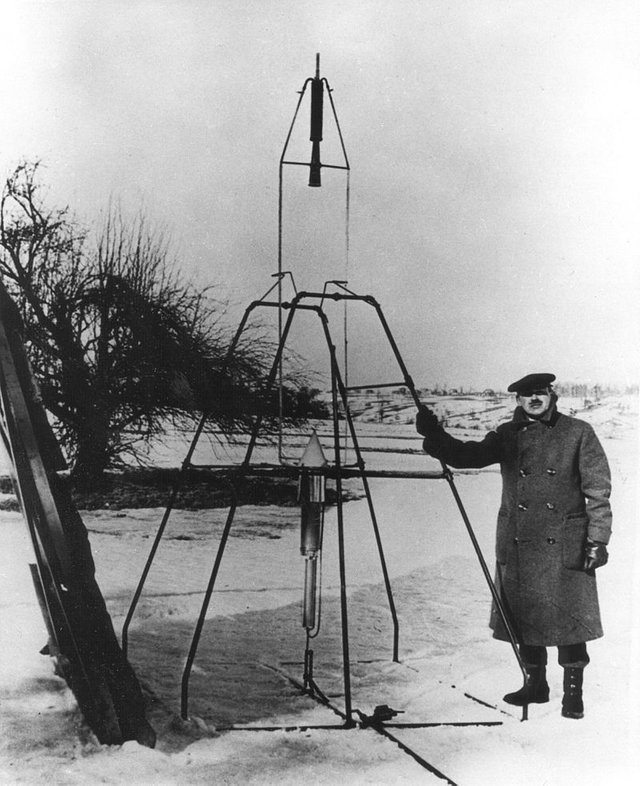
[Figure-4 | Robert Goddard and the first liquid-fueled rocket | Source: Wikimedia Commons, NASA JPL | License: Public Domain]
14th April 1981: The first manned flight of a space shuttle by NASA. Space shuttle Columbia takes off.

[Figure-5 | The April 12 launch at Pad 39A of STS-1 | Source: Wikimedia Commons | License: Public Domain]
The Present (21st century)
Till now and even today, most of the spacecrafts launched have used chemical fuel in there propulsion systems. This seems to be an extremely outdated technology. It has very low efficiency and is extremely dangerous.
EFFICIENCY OF A FUEL : is generally measured as the thrust produced per unit mass of fuel burnt. One of the most important factors that determine the fuel efficiency is the Effective Exhaust Velocity (which is the velocity at which oxidized fuel particles/exhaust particles leave the nozzle of the engine).
One alternative that is now starting to gain popularity is the Ion Propulsion system with NASA using it for the first time:
September 2007: NASA launches Dawn spacecraft. This will become one of its first exploratory missions to use Ion Propulsion.
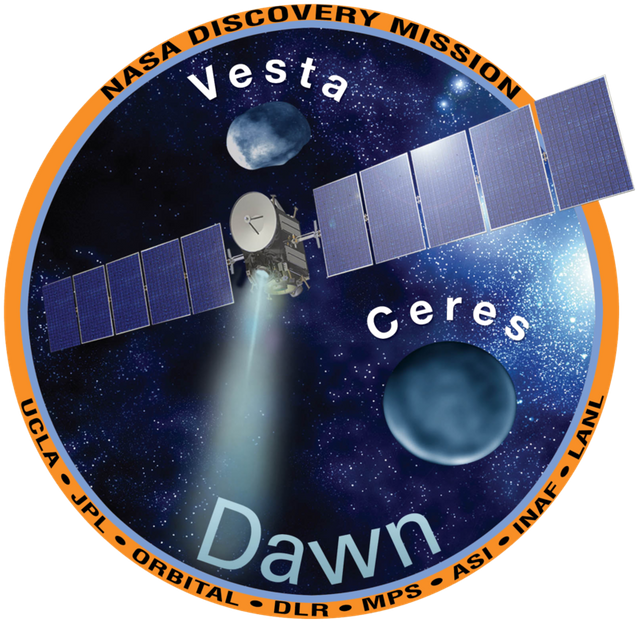
[Figure-6 | Dawn Mission Patch | Source: Wikimedia Commons, NASA JPL | License: Public Domain]
How does an Ion Propulsion System (Ion Drive / Ion Thruster) work?
Well, the easiest way to learn how an Ion Thruster works is to build it on our own!! So, let's get started.
- Take a metallic ring, and fix it with its axis parallel to the horizontal on a stand.
- Take a metallic nail, and fix it on another stand pointing into the ring along its axis.
- Connect the two to a high voltage DC power supply (~100V) so that the nail is at a high negative potential and the ring is at a high positive potential. Keep the two sufficiently far apart, so they don't arc nor interact in any other way.
- Now, start bringing the nail closer to the ring along its axis but keep them just sufficiently far apart so that they don't arc.
- If the surroundings are sufficiently dark, we will see a bluish-purple coloured Corona Discharge from the nail directed towards the circumference of the ring.
- If we place our hand near the opposite side of the ring, we will be able to feel a light breeze of air coming through the ring from the side of the nail.
- https://en.wikipedia.org/wiki/Rocket#History
- https://en.wikipedia.org/wiki/Wright_brothers
- Talk on Antimatter Propulsion by Ryan Weed, CEO of Positron Dynamics
- Currently an Artist at SteemSTEM
- A Greeter at SteemTerminal
CAUTION: BE VERY CAREFUL WHILE HANDLING THE HIGH VOLTAGE POWER SUPPLY. ALL NECESSARY PRECAUTIONS MUST BE TAKEN.
What do we observe?
CORONA DISCHARGE: A corona will occur when the strength of the electric field (potential gradient) around a conductor is high enough to form a conductive region, but not high enough to cause electrical breakdown or arcing to nearby objects. It is often seen as a bluish (or another color) glow in the air adjacent to pointed metal conductors carrying high voltages, and emits light by the same property as a gas discharge lamp.
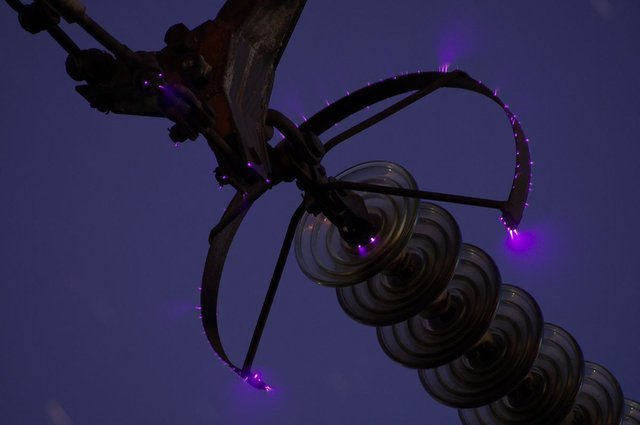
[Figure-7 | Corona discharge on corona ring of 500 kV overhead power line | Source: Wiimedia Commons | License: CC By SA 3.0]
Of-course, the breeze of air is what gives rise to the thrust. But, since there is no air in space for the ion thruster to move around itself, spacecrafts carry Xenon gas.
So, what does exactly happen?
The moment the power is turned on, the nail which is now negatively charged ionizes the air around and causes the formation of negative ions. This ionized air is attracted towards the positively charged ring and hence moves towards it. But, since the ring is not a disc and has space for air to move through, much of the air misses the ring and causes the gentle breeze which can be detected.
So, is it that simple?! Well,... of-course not!!, NASA likes complicating things so that people can't get their heads around the stuff! The design of an actual Ion Thruster is somewhat like this:
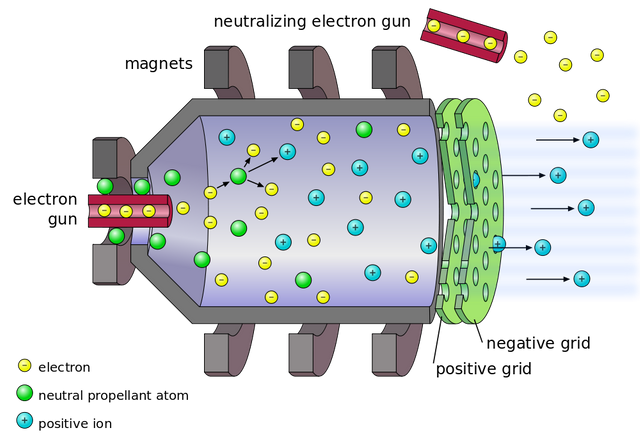
[Figure-8 | Diagram of Electrostatic Ion Thruster | Source: Wikimedia Commons | License: CC BY-SA 3.0]
But, why to use a fancy Ion Thruster when we are fine with "chemicals"!!
Why Ion Propulsion? (Ion Propulsion vs. Chemical Rockets)
The current problem with space travel with chemical rockets is that using them, even crossing our own Solar System becomes very difficult taking several decades. To reach our nearest star - Proxima Centauri (in the Alpha Centauri triple-star system) will take around 30,000 years at that rate (at roughly 14 miles a second).
With Ion Thrusters, the travel time can be reduced. The reason for this is that chemical rockets are capable of giving a sudden initial boost in speed but don't last long, are risky and prone to malfunctioning. On the other hand, an Ion Thruster can be run for several years at a stretch and they don't run out of fuel easily.
There is a disadvantage of Ion Thrusters. The thrust they produce is very negligible, but taking the time for which they can run continuously, they perform better by giving a slow yet steady push to the craft over long spans of time. This helps the craft to attain speeds far greater than those possible with chemical propulsion when both are run for a long time on practically sound space exploration missions. Hence, Ion-Thrusters can take us much farther into space.
The root cause behind this higher efficiency is again the fact that the Effective Exhaust Velocity of chemical rockets is around a few miles per second. On the other hand the Ion Thrusters give an Effective Exhaust Velocity of about 900 miles a second!! This is the reason why they are able to extract the most of the little fuel they spend.
Already built your own Ion Drive? See you on the Moon!!
References
About the Author

The author is:
Very nice piece of text. I completely missed the fact that NASA had already launched a device using ion propulsion more than 10 years ago. I at a lot of fun in reading this about it ^^.
Thanks a lot dear particle physicist!!
That was a nice link!
Pretty nice, thank you!
This post has been voted on by the SteemSTEM curation team and voting trail. It is elligible for support from @curie and @utopian-io.
If you appreciate the work we are doing, then consider supporting our witness stem.witness. Additional witness support to the curie witness and utopian-io witness would be appreciated as well.
For additional information please join us on the SteemSTEM discord and to get to know the rest of the community!
Please consider setting @steemstem as a beneficiary to your post to get a stronger support.
Thanks for having used the steemstem.io app. You got a stronger support!
Congratulations @medro-martin! You have completed the following achievement on the Steem blockchain and have been rewarded with new badge(s) :
You can view your badges on your Steem Board and compare to others on the Steem Ranking
If you no longer want to receive notifications, reply to this comment with the word
STOPTrekking the galaxy like this takes waaay too long. I vote for instantaneous travel using wormholes :P
Haha! Thanks for using the wormhole!!
Always a great topic that i know nothing about !
Owlways a great topic that i know nothing about !
I am a bot. I turn comments into owl related puns.
Owlie thats completely ok by me
Haha! You've got company it seems!
!rabbit
Sourced from giphy.com
Sourced from giphy.com
Now you do tooooooo hihihihi @medro-martin
Oops!! Didn't see that coming!!
Was that a pun?! I am not sure!! Haha!
Thanks...
Hi @medro-martin!
Your post was upvoted by Utopian.io in cooperation with @steemstem - supporting knowledge, innovation and technological advancement on the Steem Blockchain.
Contribute to Open Source with utopian.io
Learn how to contribute on our website and join the new open source economy.
Want to chat? Join the Utopian Community on Discord https://discord.gg/h52nFrV
Hello medro-martin, welcome to Partiko, an amazing community for crypto lovers! Here, you will find cool people to connect with, and interesting articles to read!
You can also earn Partiko Points by engaging with people and bringing new people in. And you can convert them into crypto! How cool is that!
Hopefully you will have a lot of fun using Partiko! And never hesitate to reach out to me when you have questions!
Cheers,
crypto.talk
Creator of Partiko
Congratulations @medro-martin! You received a personal award!
You can view your badges on your Steem Board and compare to others on the Steem Ranking